Rising Consumer Awareness
Consumer awareness regarding data privacy and protection is significantly influencing the Consent Management Market. As individuals become more informed about their rights concerning personal data, they are increasingly demanding transparency from organizations. This shift in consumer behavior compels businesses to implement effective consent management solutions that allow users to control their data. Surveys indicate that over 70 percent of consumers are concerned about how their data is used, which has led to a growing expectation for clear consent mechanisms. Consequently, organizations are prioritizing consent management to enhance customer relationships and build trust. This trend is likely to propel the market forward, as companies recognize the importance of aligning their practices with consumer expectations.
Increased Focus on Data Security
The growing emphasis on data security is a critical driver for the Consent Management Market. As cyber threats become more sophisticated, organizations are recognizing the need to protect consumer data proactively. Implementing effective consent management solutions is seen as a vital component of a comprehensive data security strategy. By ensuring that consent is obtained and managed properly, businesses can mitigate risks associated with data breaches and unauthorized access. Reports indicate that data breaches can cost companies millions, making investment in consent management not only a regulatory requirement but also a financial imperative. This focus on security is likely to sustain market growth as organizations seek to enhance their data protection measures.
Heightened Data Privacy Regulations
The Consent Management Market is experiencing a surge in demand due to heightened data privacy regulations. Governments and regulatory bodies are increasingly implementing stringent laws aimed at protecting consumer data. For instance, regulations such as the General Data Protection Regulation (GDPR) and the California Consumer Privacy Act (CCPA) have set high standards for data handling and consent management. Organizations are now compelled to adopt robust consent management solutions to ensure compliance, thereby driving market growth. The market is projected to reach a valuation of approximately 1.5 billion USD by 2026, reflecting a compound annual growth rate of around 20 percent. This regulatory landscape necessitates that businesses invest in consent management technologies to avoid hefty fines and maintain consumer trust.
Expansion of Digital Services and E-commerce
The rapid expansion of digital services and e-commerce is significantly impacting the Consent Management Market. As more businesses transition to online platforms, the need for effective consent management becomes increasingly critical. E-commerce companies, in particular, must navigate complex consent requirements to ensure compliance while providing seamless user experiences. The rise in online transactions has led to a greater volume of personal data being collected, necessitating robust consent management solutions. Market analysts project that the e-commerce sector will continue to grow, potentially reaching a valuation of 4 trillion USD by 2026. This growth trajectory underscores the importance of consent management in facilitating secure and compliant digital interactions.
Technological Advancements in Consent Management Solutions
The integration of advanced technologies is reshaping the Consent Management Market. Innovations such as artificial intelligence, machine learning, and blockchain are being incorporated into consent management solutions, enhancing their efficiency and effectiveness. These technologies enable organizations to automate consent processes, analyze user behavior, and ensure secure data transactions. For example, AI-driven consent management platforms can provide personalized user experiences while maintaining compliance with regulations. The market for these advanced solutions is expected to grow substantially, with estimates suggesting a potential increase of 25 percent in adoption rates over the next few years. This technological evolution is likely to create new opportunities for vendors and drive competition within the industry.



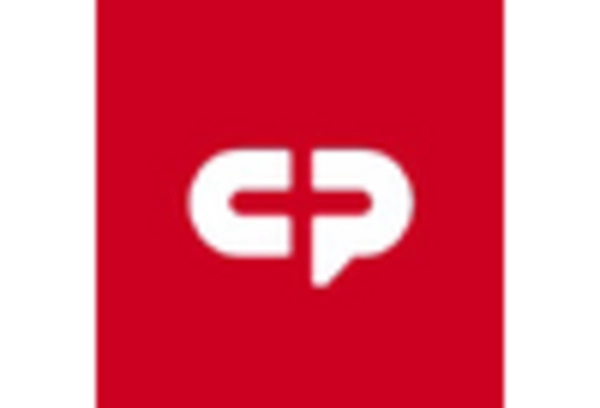
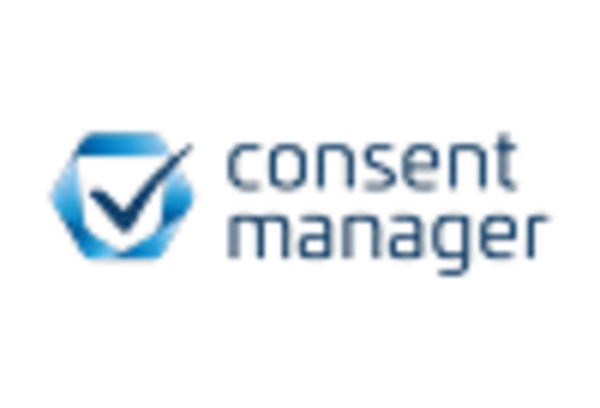

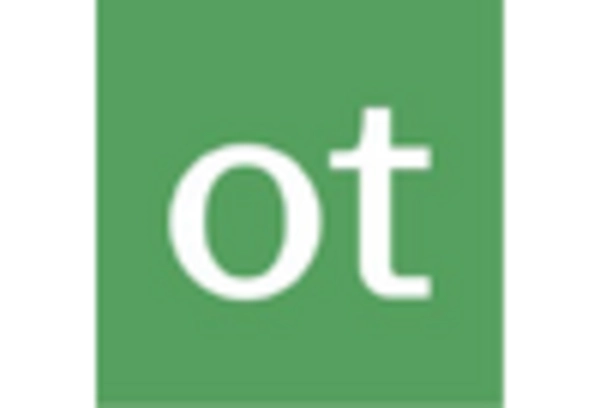
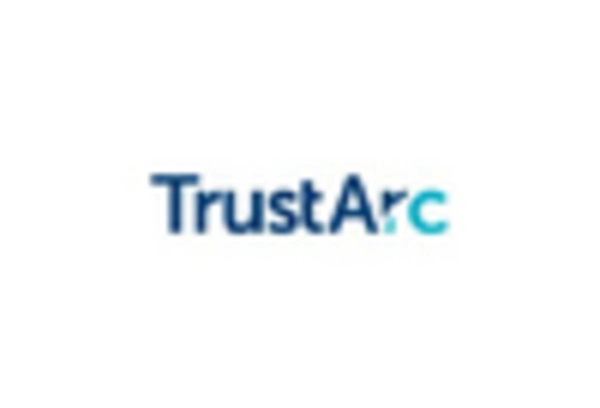
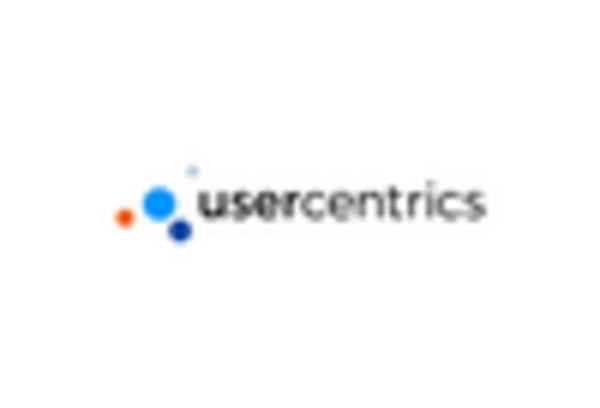








Leave a Comment